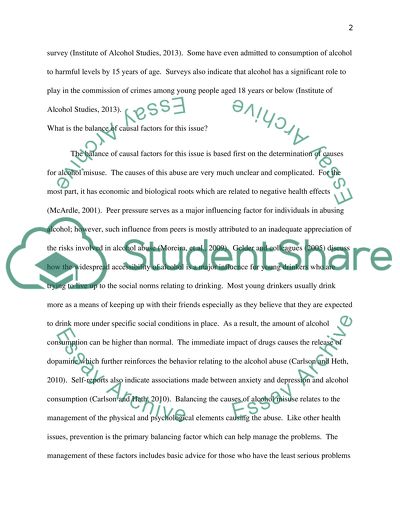Cite this document
(“Adolescent alcohol misuse in England and the role of media advertising Essay”, n.d.)
Adolescent alcohol misuse in England and the role of media advertising Essay. Retrieved from https://studentshare.org/health-sciences-medicine/1492053-adolescent-alcohol-misuse-in-england-and-the-role
Adolescent alcohol misuse in England and the role of media advertising Essay. Retrieved from https://studentshare.org/health-sciences-medicine/1492053-adolescent-alcohol-misuse-in-england-and-the-role
(Adolescent Alcohol Misuse in England and the Role of Media Advertising Essay)
Adolescent Alcohol Misuse in England and the Role of Media Advertising Essay. https://studentshare.org/health-sciences-medicine/1492053-adolescent-alcohol-misuse-in-england-and-the-role.
Adolescent Alcohol Misuse in England and the Role of Media Advertising Essay. https://studentshare.org/health-sciences-medicine/1492053-adolescent-alcohol-misuse-in-england-and-the-role.
“Adolescent Alcohol Misuse in England and the Role of Media Advertising Essay”, n.d. https://studentshare.org/health-sciences-medicine/1492053-adolescent-alcohol-misuse-in-england-and-the-role.


